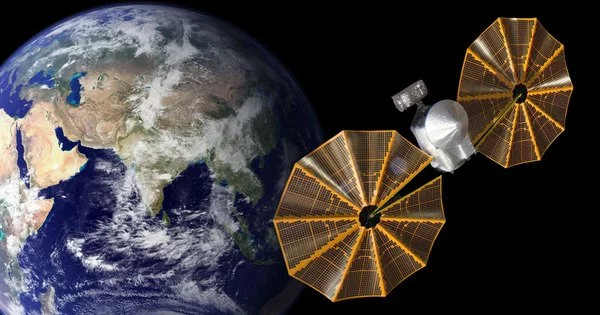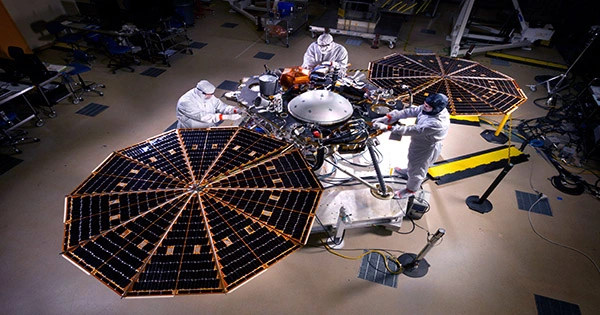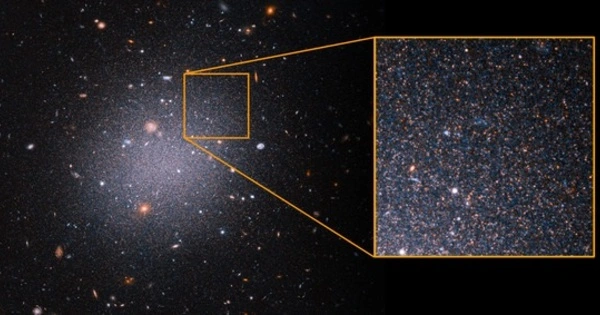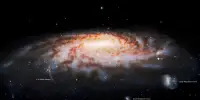In Washington Given that the Lucy spacecraft is moving away from the sun, NASA has decided to put off trying to fully deploy a solar array on the spacecraft until at least late next year.
The previous attempt to latch one of Lucy’s two solar arrays, made more than a month ago, failed to fully deploy the circular array and lock it into place, according to a statement secretly released on NASA’s website on Jan. 19. This endeavor “generated barely minimal movement in the solar array,” according to NASA.
Since the mission’s launch in October 2021, it has been striving to fully deploy the solar array. One of the 7.3-meter-diameter arrays unfolded and latched into position as intended, but the other did not. After months of analysis, engineers came to the conclusion that the array’s failure to fully unfurl and latch into position was caused by a loss of tension in the lanyard used to deploy it.

Engineers believe the array is almost fully unfolded and appears to be stable, therefore NASA has downplayed the issue. Based on the array’s performance during a gravity-assist flyby of the Earth on October 16, when it passed without incident through the flimsy upper regions of the atmosphere while passing fewer than 400 kilometers above the planet.
Since that flyby, however, spacecraft controllers have made an effort to try and finish the array’s deployment and lock it into place. One effort on November 7 “deployed the wing incrementally forward,” according to NASA. However, controllers also saw a slight vibration in the array, which engineers determined was the consequence of an interaction between the motor and the structural modes of the array.
NASA tried again on December 13 after modifying the motor, but this time they discovered that progress had “decreased to negligible levels,” which they assumed was because of the lowering temperatures as Lucy approaches farther from the sun.
In its most recent statement, NASA stated that “the Lucy mission team has opted to cease further solar array deployment activities.” “The team concluded that running the mission with the solar array in the current unlatched state entails an acceptable degree of risk and further deployment activities are unlikely to be advantageous at this time,” the statement reads.
Until the spacecraft makes its next close approach to the Earth in late 2024, warming it sufficiently to make progress more feasible, NASA has not ruled out another effort to lock the array. These plans will also rely on the array’s stability during the spacecraft’s main engine’s initial maneuver in February 2024.
NASA reported that the array, at 98% deployed, can provide enough power for the spacecraft to continue its mission, flying past one main belt asteroid and seven Trojan asteroids at Jupiter’s distance from the sun. NASA claimed that even if the array does not fully unfurl and latch. These flybys will occur in the years 2025 to 2033.
















